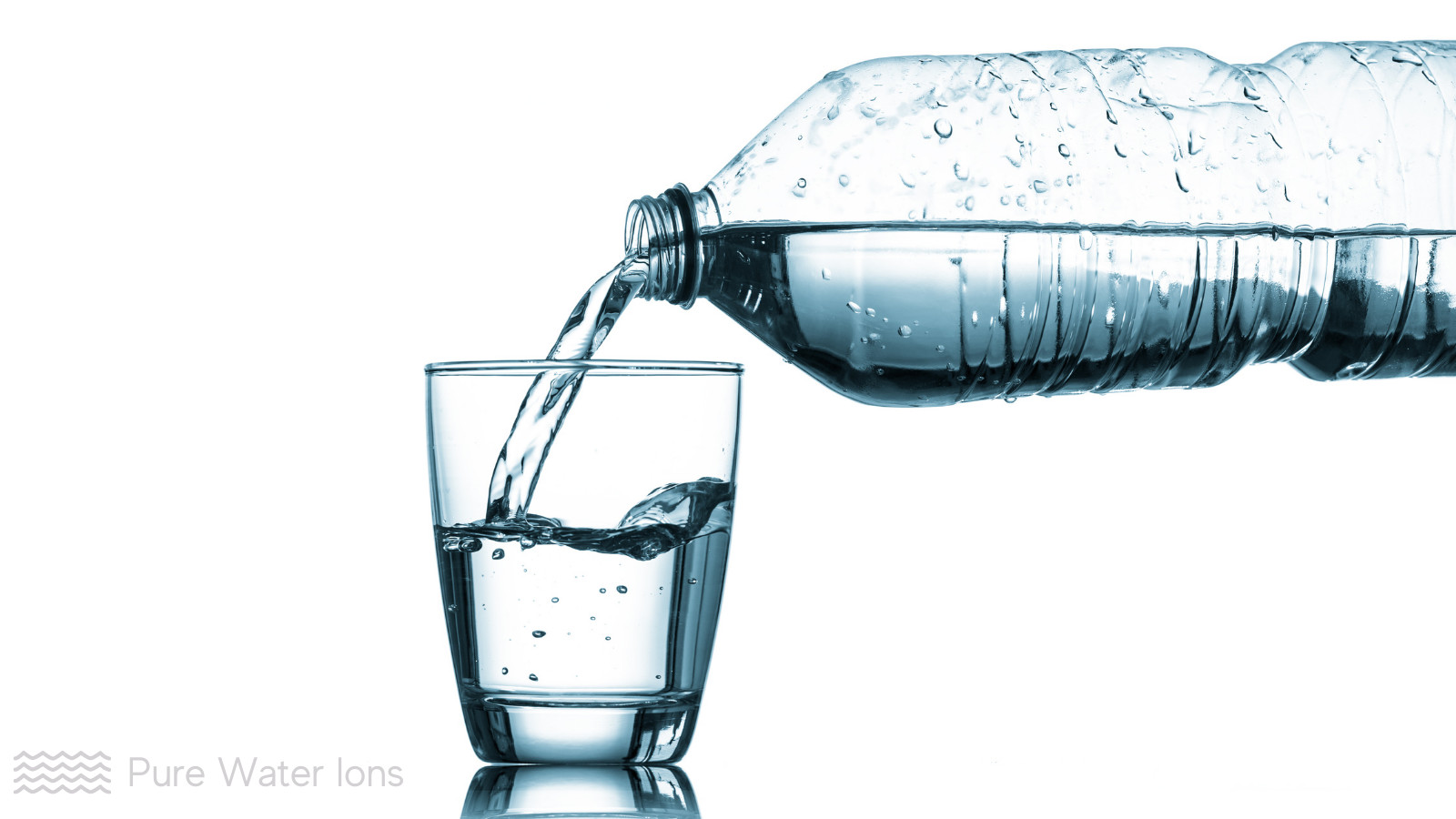
Ionized water has been through an electrochemical process to create alkaline and acidic water. Deionized water is a type of purified water that has had impurities called ions removed. They are two completely different types of water.
Don’t confuse ionized water with deionized water. They are two very different types of water. Ionized water is used to create alkaline and acidic water. While ionized water is a type of purified water that has had electrically charged molecules called ions removed. Below we explore everything you need to know about ionized vs deionized water.
WHAT IS IONIZED WATER?
And, what’s the difference between ionized and deionized water? Ionized water is used to create alkaline water and acidic water. It uses a process called water ionization to turn regular water into ionized water.
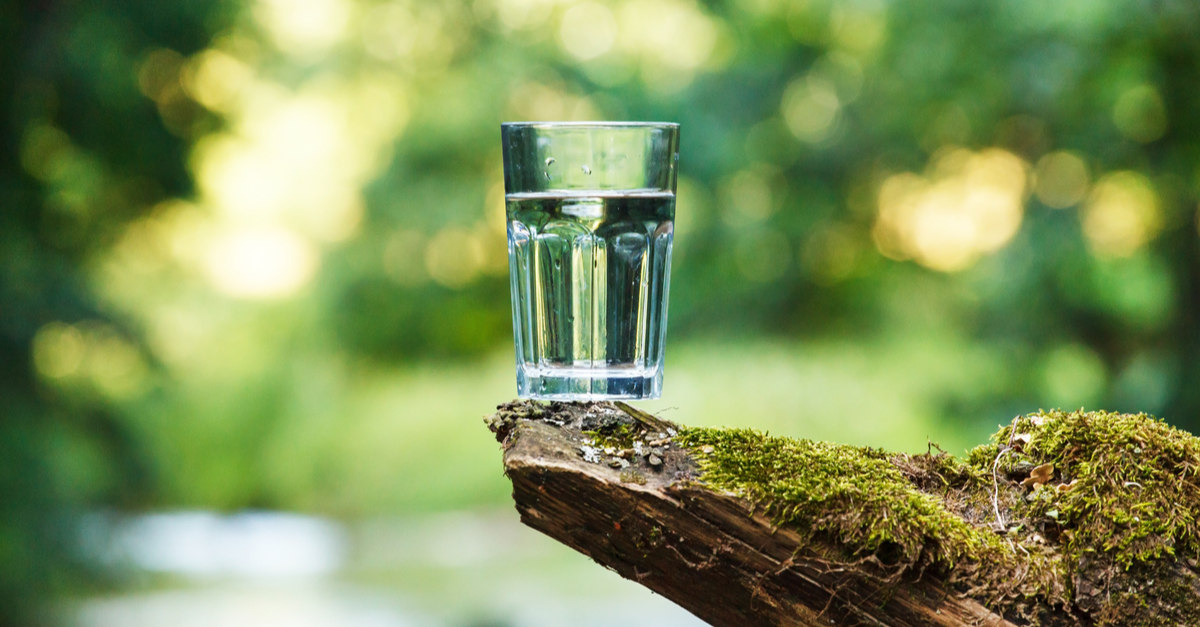
It is a process used to create alkaline water and acidic water. These are collected separately and used for a range of popular household applications.
ALKALINE & ACIDIC WATER
Alkaline water has a high pH, falling between 7 and 14 on the pH scale. Alkaline water is popular for its potential health benefits which include better skin health, detoxification, and treating acid reflux.
Acidic water has a low pH, falling between 0 and 7 on the pH scale. It is used for household cleaning, sterilization, and skincare.
WHAT IS DEIONIZED WATER?
Deionized water is a popular form of purified water. It involves removing impurities in the water called ions. The process is called water deionization.
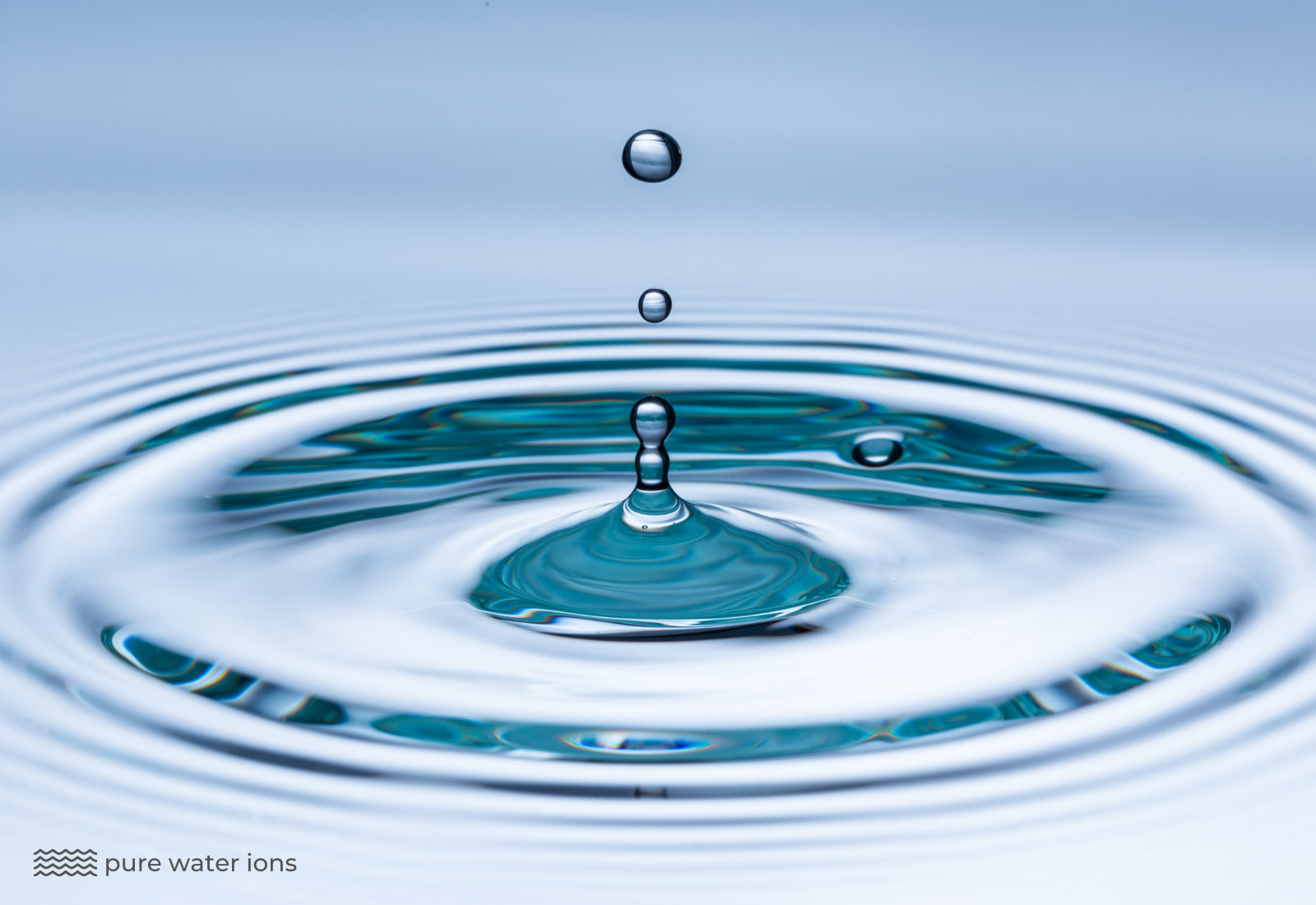
For processes requiring purified water, these ions are regarded as impurities and need to be removed from the water. This is where ion removal or deionized water comes into play.
Ions are small particles that have an electrical charge. There are two types of ions in water, positive ions and negative ions. Positive ions are called ‘cations’ and negative ions are called ‘anions’.
WHAT IS IONIZED WATER USED FOR?
Ionized water can be split into two groups – ionized alkaline water and ionized acidic water. Each of these has a distinct range of applications.
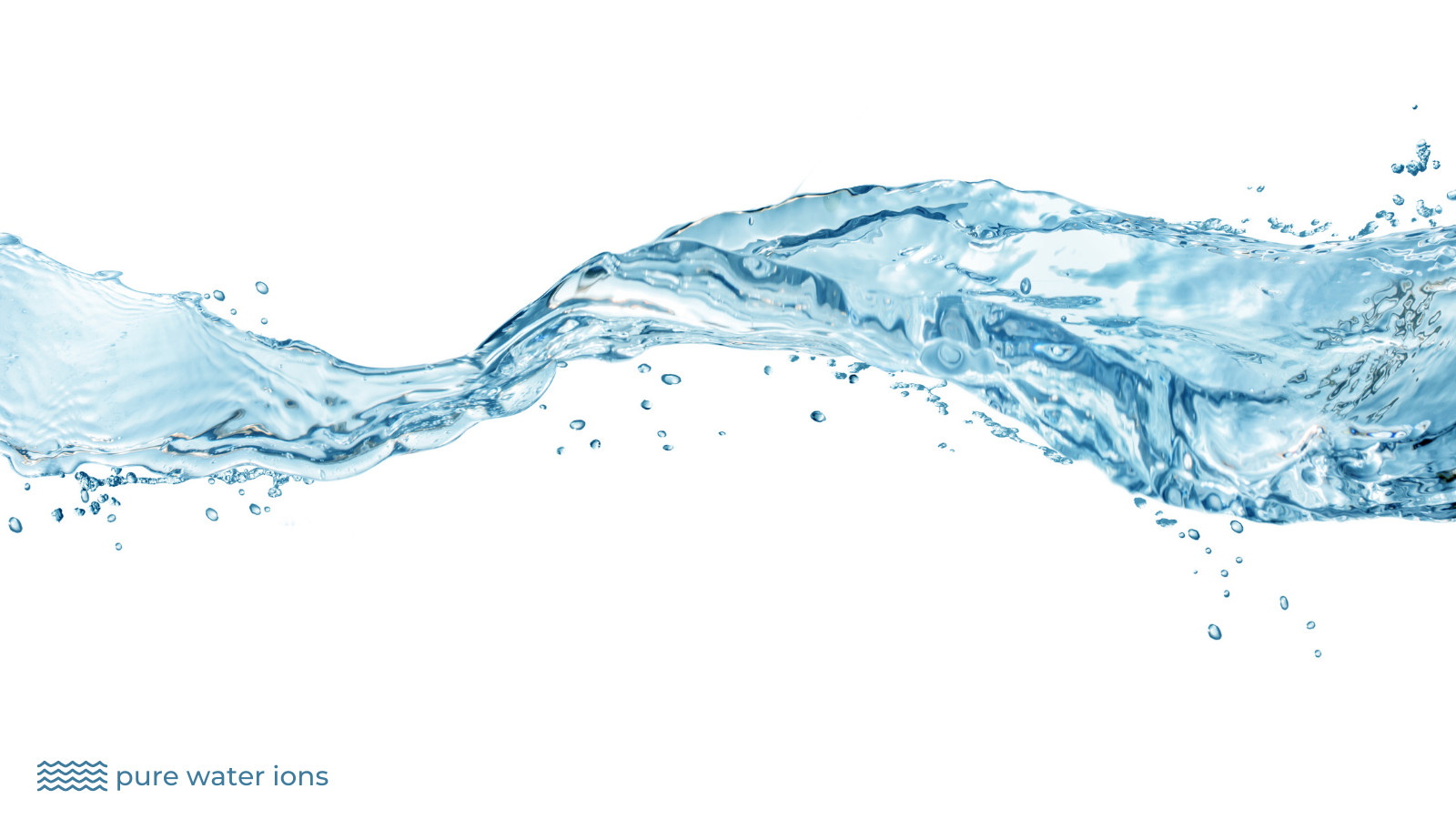
Applications of Alkaline Water
- Drinking-Water
- Potential Health Benefits
- Cooking Vegetables
- Making Tea & Coffee
- Dyeing Fabrics
Applications of Acidic Water
- Household Cleaning
- Dish Washing
- Watering Plants
- Disinfecting Utensils
- Skin Care
WHAT IS DEIONIZED WATER USED FOR?
Deionized water is a popular form of purified water used in many commercial and household applications. It is used in settings that require a relatively cheap and readily available form of purified water. See below for a list of its most common applications.
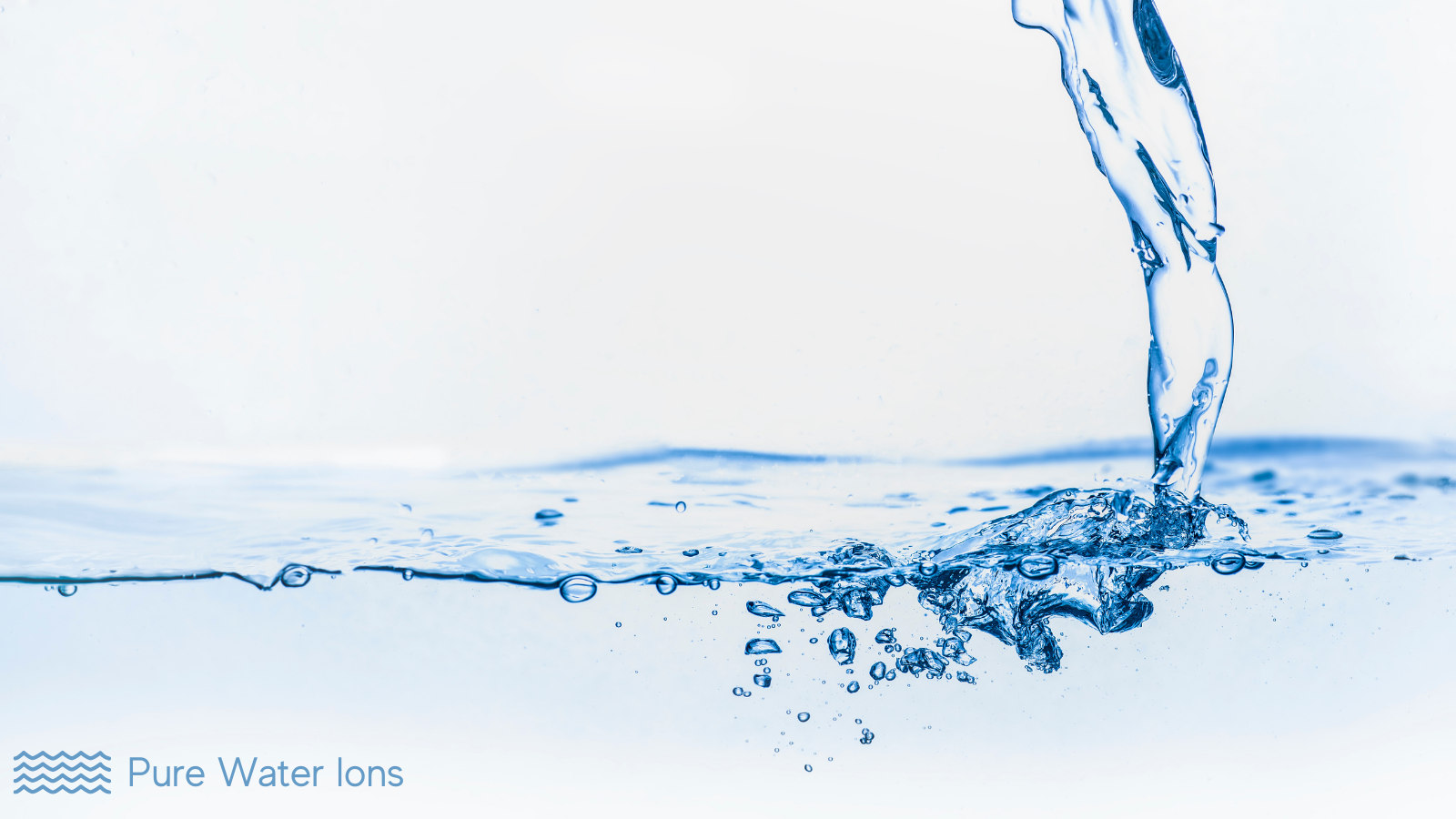
Automotive
Deionized water does not contain any salts. This makes it a great choice for automotive applications. Salts can damage engines, so deionized water is used in windscreen wash, radiator fluids, and anti-freeze formulas.
Aquariums
It’s clean, fish-friendly, and a great water for aquariums and marine tanks.
Beauty Products
It’s the go-to water base used in the production of shampoos, moisturizers, and skin cleansers.
Hospitals
Deionized water is an excellent choice for cleaning jobs in hospital settings where water purity is vital.
Industry
Frequently used in industrial settings as a water rinse due to its high purity and very low salt levels. Salt corrodes and damages metallic equipment and fittings.
Laboratories
Many laboratory procedures require the use of deionized water in bench work and for cleaning utensils.
PH
Deionized water Ph is in the range of 6.0 to 6.4. This makes it mildly acidic.
We can see, ionized water vs deionized water are two very different types of water. They’re made in different ways and serve very different purposes. Don’t get the two mixed up.
HOW IS IONIZED WATER MADE?
Let’s take a look at how to de ionize water. The easiest way to make ionized water is using a water ionizer. This a machine that takes regular tap water and converts it to ionized water.

The device used an electrochemical process to ionize the water and convert it into alkaline and acidic water. All you need to do is add water to the machine and let it get to work.
Using high conductivity electroplates it separates water into hydrogen and oxygen molecules. If there are a greater number of H+ ions than OH- ions the water is acidic.
If the number of OH- is greater than the number of H+ then the water is alkaline. Check out the Best Alkaline Water Ionizers – see here.
HOW IS DEIONIZED WATER MADE?
Deionized water is made using an ion exchange resin. These resins contain tiny beads that have electrical charges that are used to attract and remove the ion impurities contained in water.
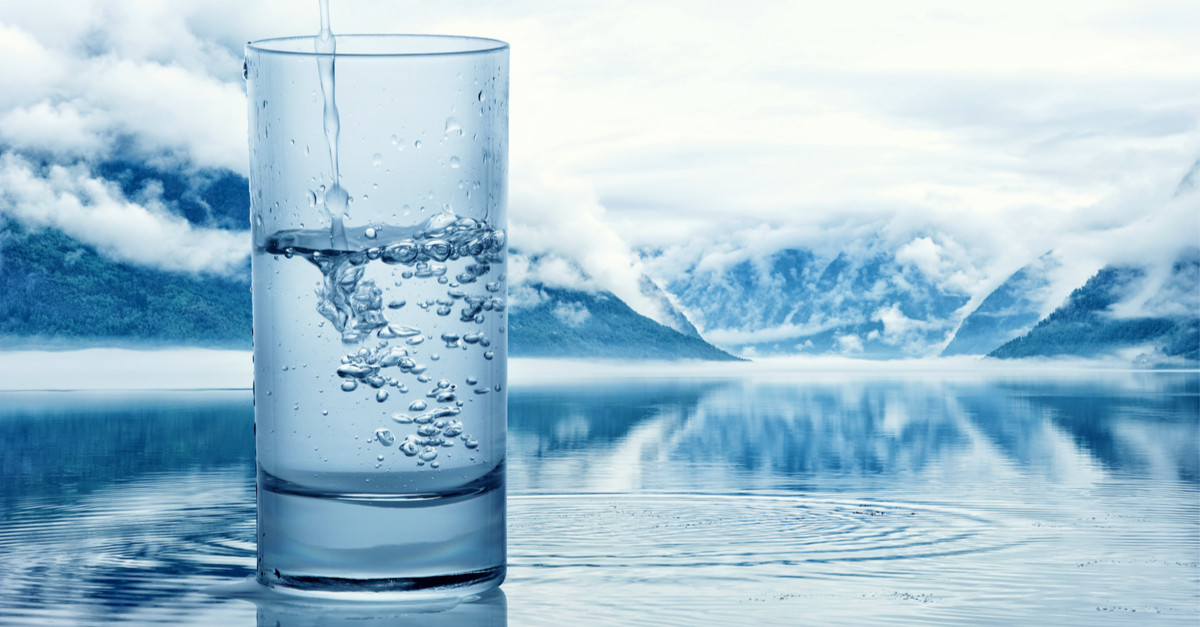
The positively charged beads are used to attract and remove the negative ions in the water. And, the negatively charged beads remove the positive ions in the water.
As the water passes through the filter resin both types of ion are held in place and purified water flows from the filter.
Ion exchange filters have a limited lifespan and lose charge as they purify water. They need to be replaced and regenerated when they reach the end of their life cycle.
WHAT ION IMPURITIES ARE REMOVED?
Regular water is full of ions that it picks up as it moves through rocks and passes through pipes. It collects these minerals naturally as it brushes up against them. Deionization removes these minerals using their positive (cation) or negative (anion) molecular charge.
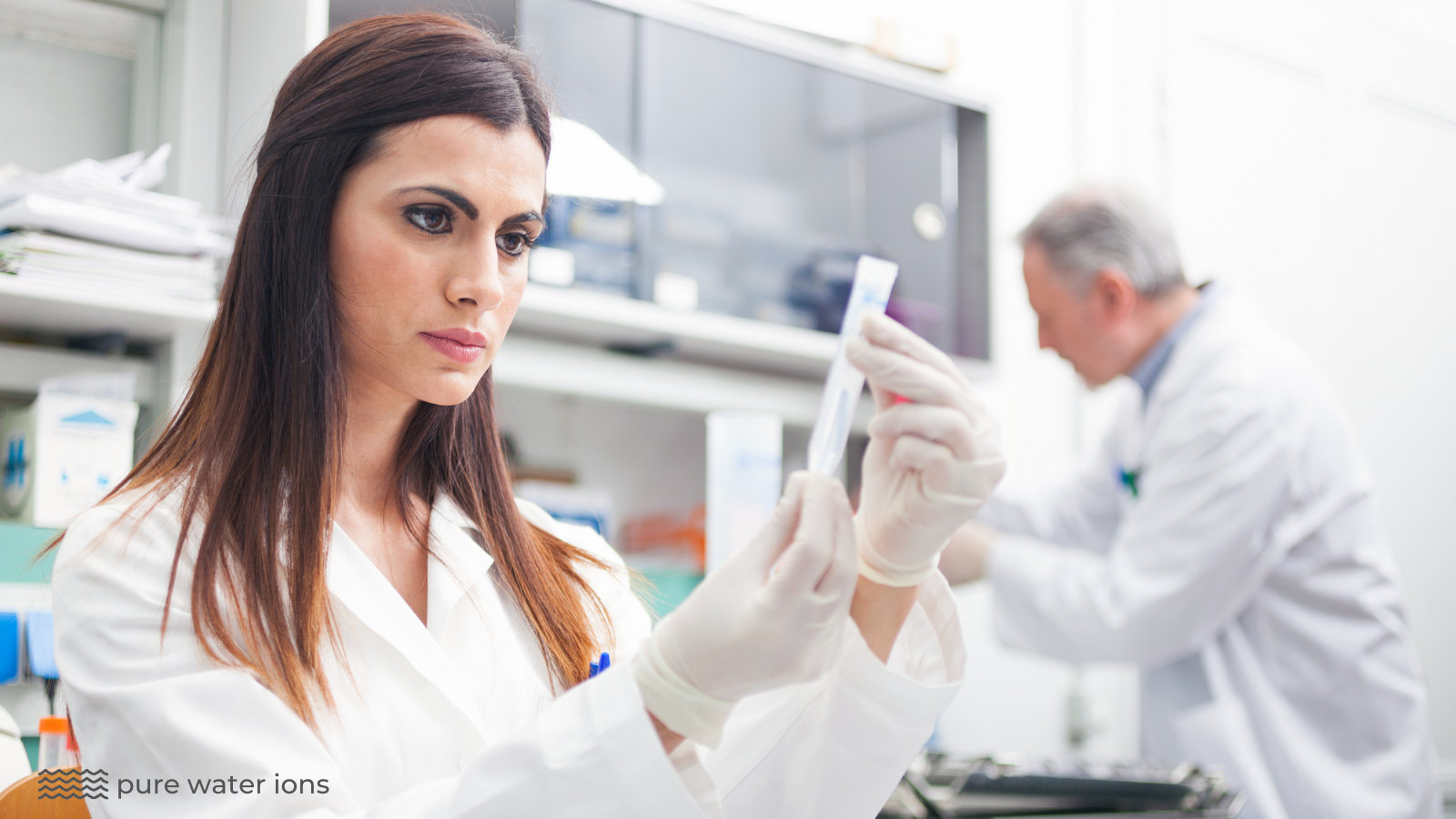
Cation Impurities Removed
- Magnesium
- Iron
- Calcium
- Manganese
- Hydrogen
- Sodium
Anion Impurities Removed
- Sulfates
- Nitrates
- Chlorides
- Carbonates
- Hydroxyl
- Silica
THE BOTTOM LINE – THE DIFFERENCE BETWEEN IONIZED WATER AND DEIONIZED WATER?
Don’t confuse ionized and deionized water. One is used to create alkaline and acidic water while the other is a form of purified water. Deionized water vs ionized water – are two very different things.

Ionized alkaline water is a popular form of drinking water. While deionized water is used in many settings as a safe and cheap form of purified water with a very low salt content. It is often used in the automotive industry.
What About Deionized Water vs Tap Water?
Regular tap water contains many ions. Mostly from the soil and pipe network it passes through. The most common ions found in tap water are sodium, calcium, magnesium, and metal ions that have leached into the water from water pipes.
Deionized water has no such ions – only water ions. We can define deionized water as water that has had all non-water ions removed.
RELATED:
• The Best Ionizing Water Filters 2024 – over here
• Top Reverse Osmosis Under Sink Water Filters – over here
• Pros & Cons of Reverse Osmosis Water – over here
• What Minerals Are in Water? – over here
• Are Alkaline Water Machines Dangerous? – over here
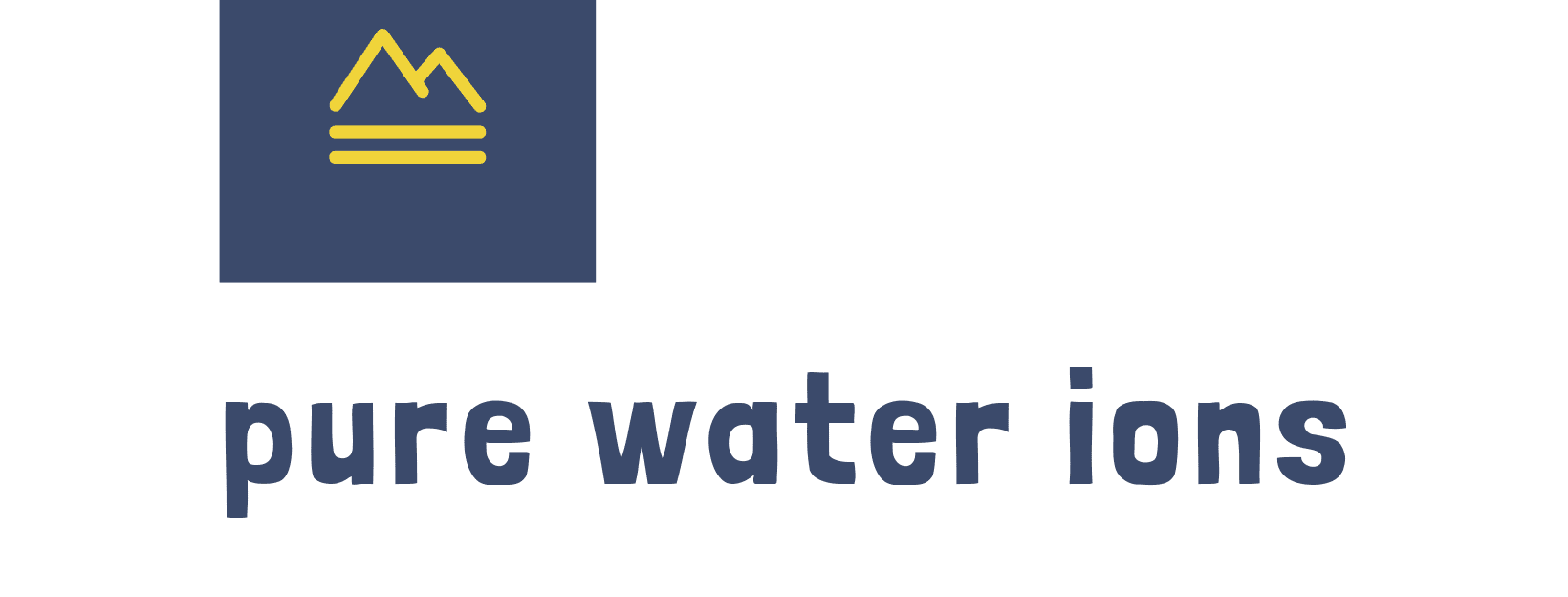
ABOUT THE AUTHOR

Water Filtration Specialist
Sam joined the Pure Water Ions team in the fall of 2021. He is a graduate of the University of Oregon where he qualified with a BSc in Earth Sciences. He has over 10 years of experience in the water filtration industry and specializes in multi-stage water filtration devices.
Sam likes to spend his time hiking, fishing, and exploring the great outdoors. When he’s not writing about the latest water filtration technologies he likes to explore Marys Peak in Benton County with his trusty Ford Bronco and German Sheperd Max.
[e] sam.kemper@purewaterions.com
[t] 503-232-4012 ext. 103
[a] S. Kemper, PWI, 2170D SE 8th Ave, Portland, OR 97214, USA
So we don’t put ionized water in the car. It’s the other one.
Ionized and alkaline water are just for drinking.
Ionized water is for drinking and not for putting in a car!!
😀 😀 😀
It’s good to get the sulfates out. Our tap water is full of sulfates and you really shouldnt be drinking them. They smell pretty bad too. Look boiled eggs.